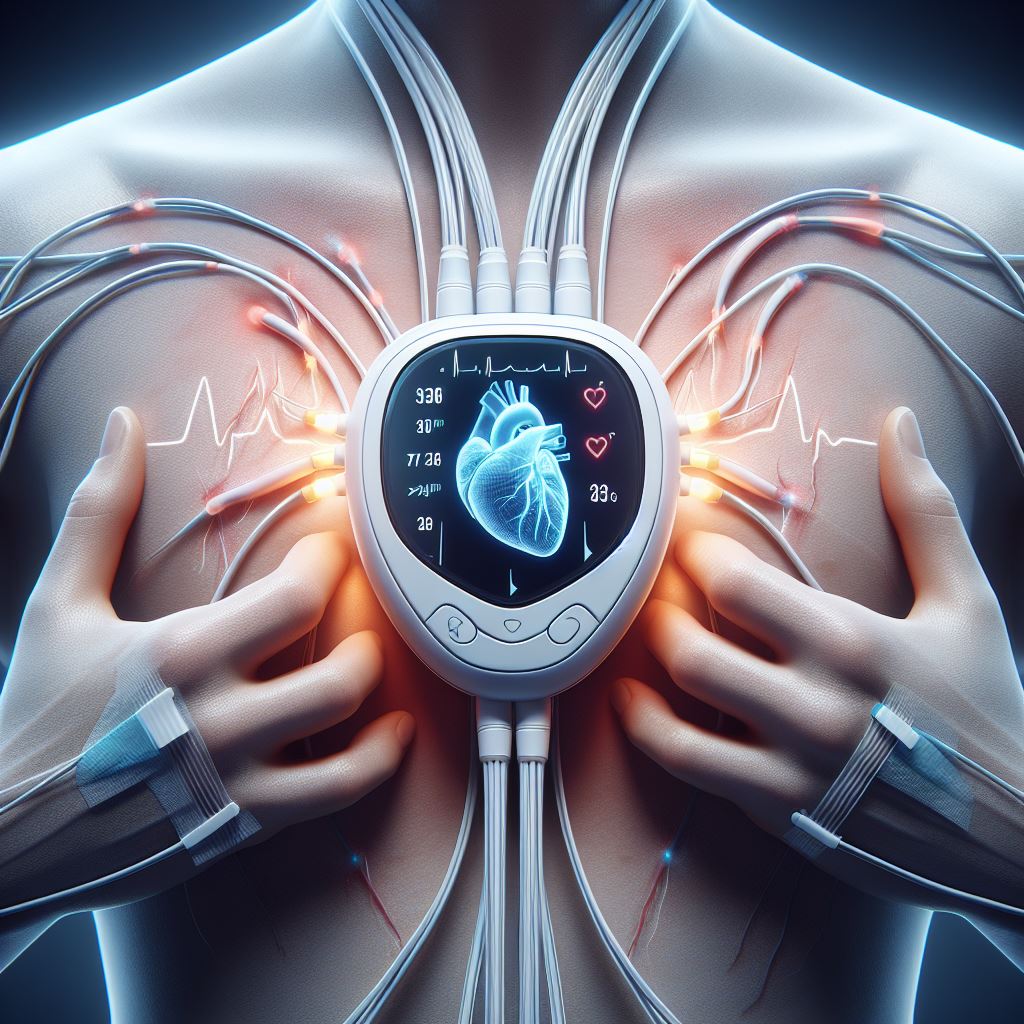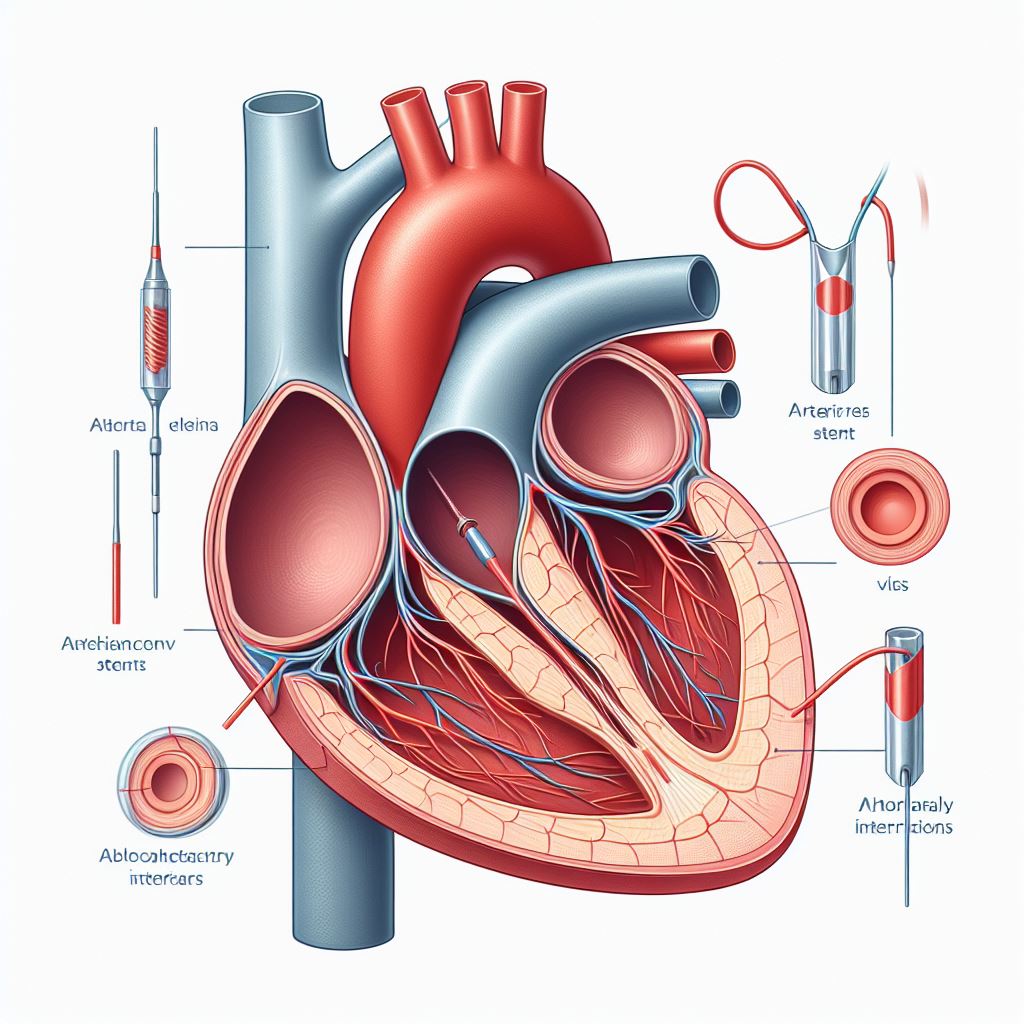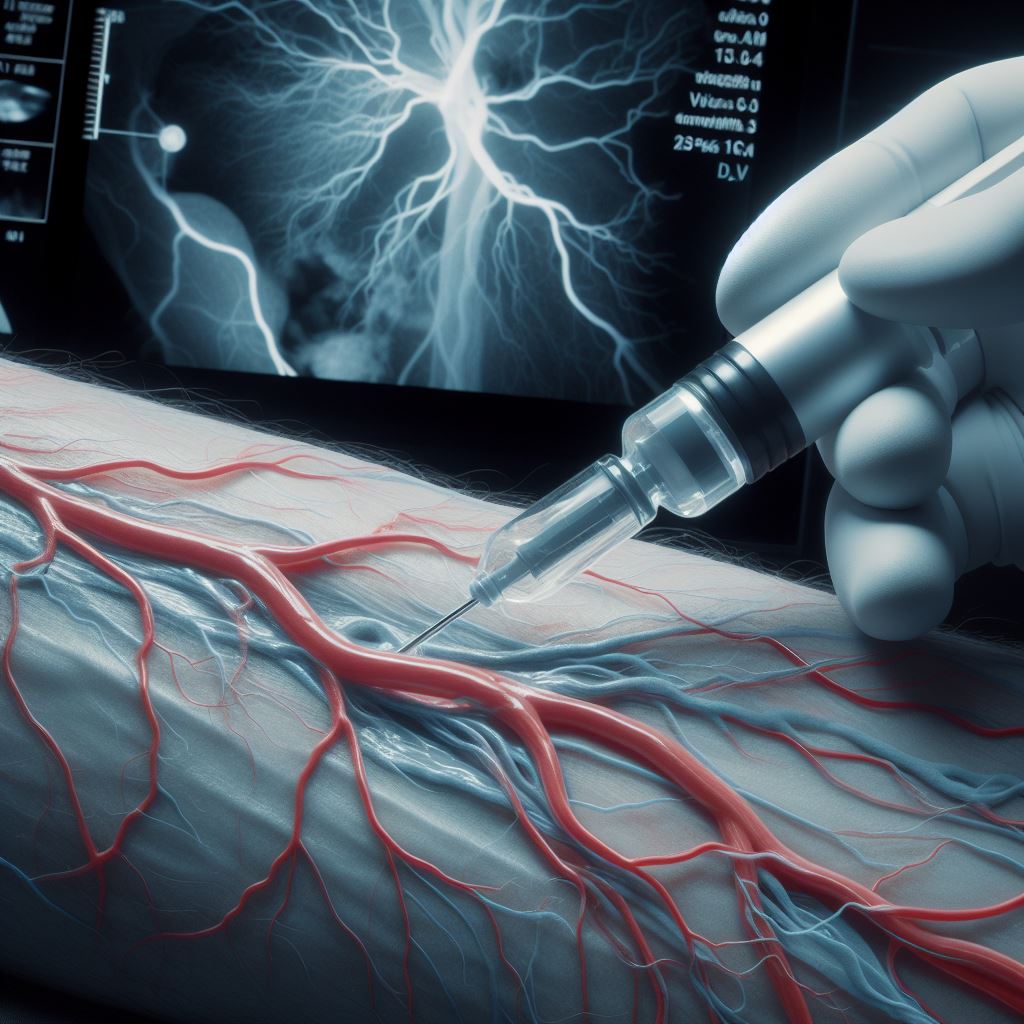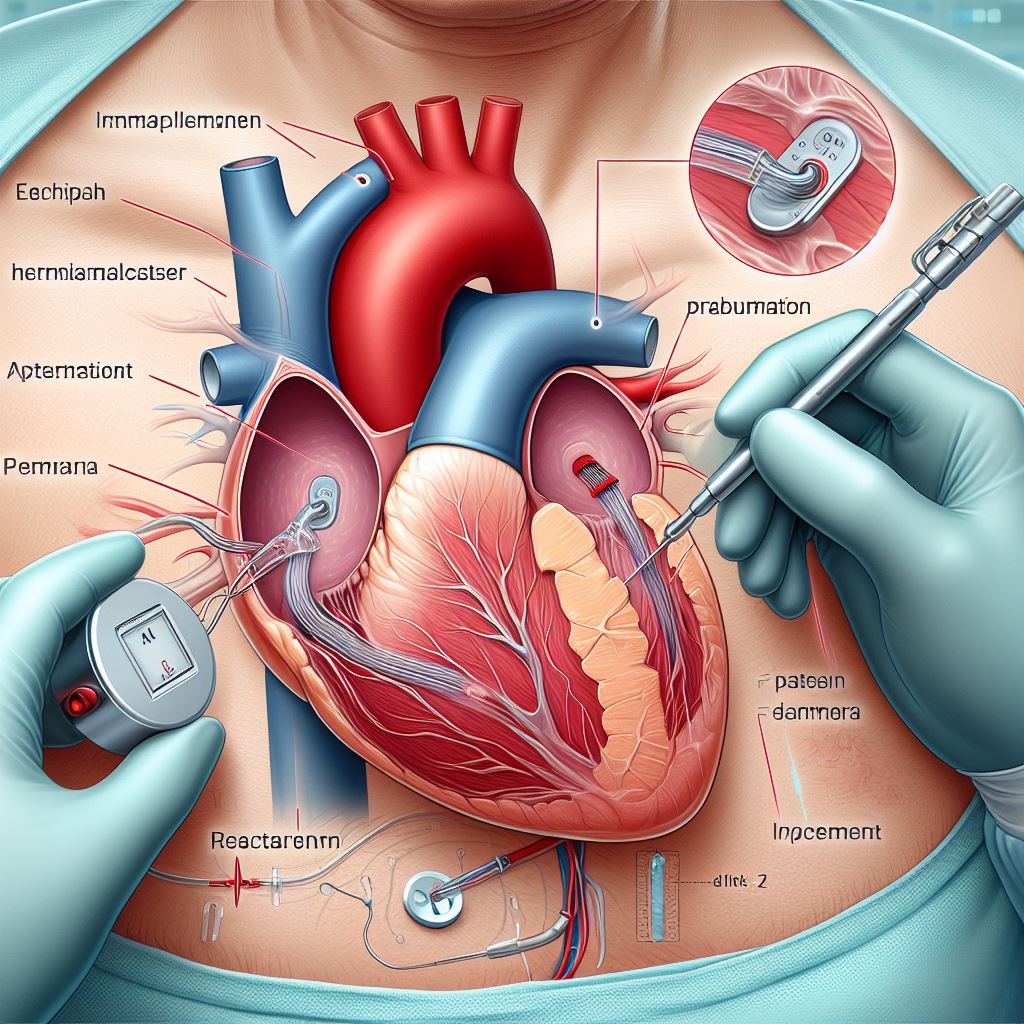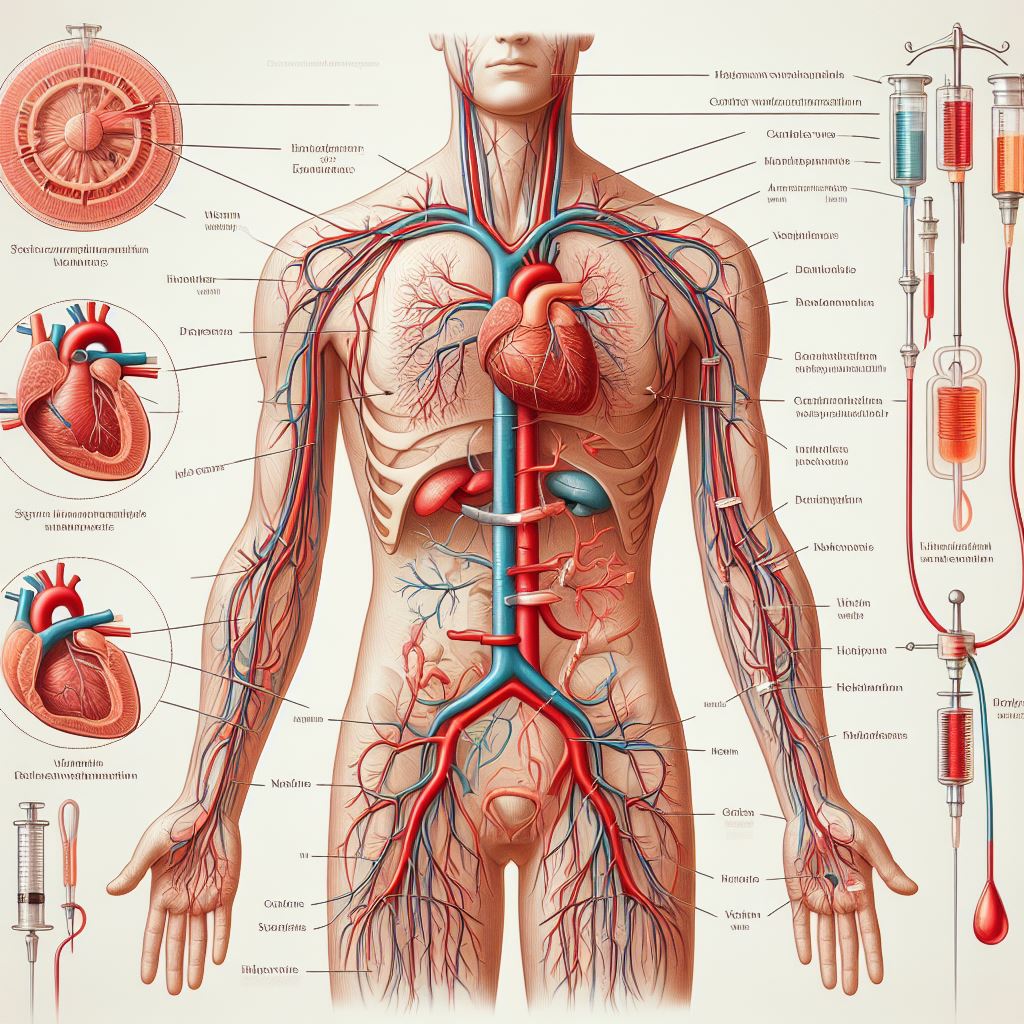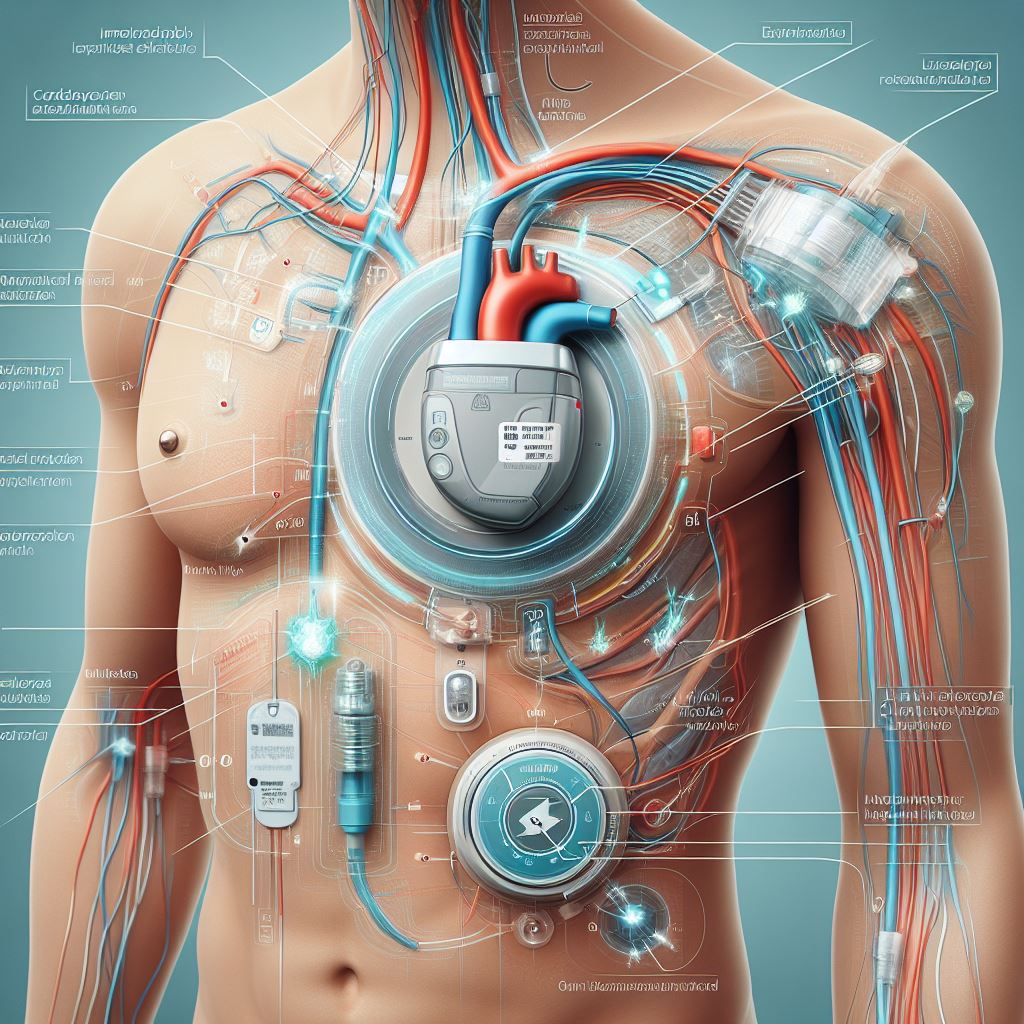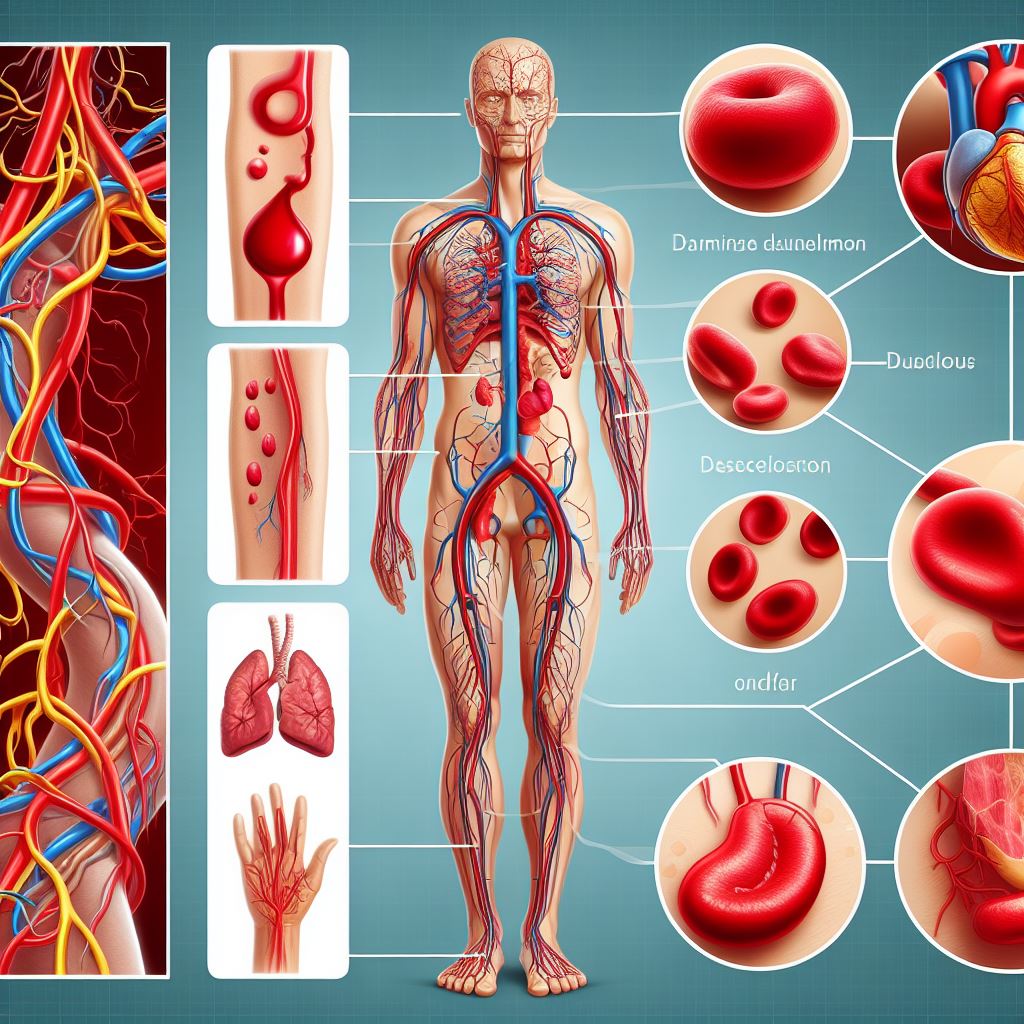
Temporary Pacemaker Implantation
Temporary Pacemaker Implantation
Overview
Temporary pacemakers are medical devices temporarily implanted to
regulate the heart's rhythm. These devices play a vital role in critical
medical situations or during specific procedures where maintaining a regular
and steady heartbeat is paramount.
Why It's Done
Temporary pacemaker implantation is undertaken for various reasons, each
addressing specific cardiac conditions:
1. Bradycardia: When the heart beats too slowly, it may not pump enough blood to meet
the body's metabolic demands.
2. Heart Block: This condition occurs when the electrical signals in the heart are
delayed or blocked, leading to an irregular heartbeat.
3. Post-Cardiac Surgery: Temporary pacemakers may be utilized after heart surgery to support the
heart during the crucial recovery phase.
4. Electrophysiology Studies: In certain diagnostic procedures, a temporary pacemaker may be required
to control and monitor the heart's electrical activity, aiding in the
identification of irregularities.
Risks
While temporary pacemaker implantation is generally considered safe, it
is crucial to be aware of potential risks:
1. Infection: Any invasive
procedure carries a risk of infection. Precautions, such as sterile techniques
during the implantation, are taken to minimize this risk.
2. Bleeding: There may be some
bleeding at the site where the pacemaker leads are inserted. Monitoring for excessive
bleeding is part of post-implantation care.
3. Allergic Reaction: Although rare, some patients may exhibit an allergic reaction to the
materials used in the pacemaker. Prior allergy assessments may be conducted.
4. Lead Displacement: The leads connecting the pacemaker to the heart may shift, potentially
affecting the device's effectiveness. Regular monitoring is essential to detect
and address such issues promptly.
How You Prepare
Preparation for temporary pacemaker implantation involves several key
steps:
1. Medical History Review: A thorough examination of your medical history ensures that the
procedure is tailored to your specific needs and takes into account any
pre-existing conditions.
2. Blood Tests: These tests help assess your overall health and ensure compatibility
with the pacemaker. They also aid in identifying potential risk factors.
3. Electrocardiogram (ECG or EKG): An ECG is often conducted to evaluate your heart's current rhythm and
identify any existing abnormalities. This information guides the medical team
in planning the implantation procedure.
4. Consent: Before the
procedure, a healthcare professional will explain the details, risks, and
benefits of temporary pacemaker implantation. Informed consent is crucial, and
any questions or concerns you may have should be addressed at this stage.
During the Procedure
Temporary pacemaker implantation is typically performed in a specialized
medical setting, such as a cardiac catheterization laboratory or an operating
room. The procedure involves several steps:
1. Anesthesia: In most cases,
local anesthesia is administered to numb the area where the pacemaker leads
will be inserted. In some instances, conscious sedation may also be used to
keep the patient relaxed.
2. Lead Placement: Thin, insulated wires (leads) are threaded through blood vessels and
positioned in the heart. These leads are connected to the pacemaker, allowing
it to monitor and regulate the heart's rhythm.
3. Pacemaker Placement: The pacemaker device, which contains the necessary controls and
battery, is usually placed under the skin near the collarbone. The leads are
then connected to the pacemaker, and the incision is closed.
4. Testing: Once the temporary
pacemaker is in place, it is tested to ensure proper functionality and
effectiveness in regulating the heart's rhythm.
After the Procedure
Post-implantation care is crucial for a successful recovery. Here's what
you can expect:
1. Monitoring: Continuous
monitoring is initiated to ensure the pacemaker is functioning correctly and
that the heart rhythm is stable. This monitoring may take place in a
specialized unit, such as a cardiac care unit (CCU).
2. Pain Management: Adequate pain management measures are in place to address any
discomfort or pain at the implantation site.
3. Recovery: While many
patients can resume normal activities shortly after the procedure, individual
recovery times may vary. The healthcare team guides
post-implantation restrictions and activities.
4. Education: Patients and their
caregivers receive comprehensive information on caring for the pacemaker site,
recognizing signs of infection, and understanding the temporary nature of the
device.
Results and Outcomes
The primary goal of temporary pacemaker implantation is to restore and
maintain a normal heart rhythm. The procedure often provides immediate relief
for patients experiencing bradycardia or heart block, contributing to an
improved overall quality of life.
Immediate Results: In many cases, patients experience a prompt improvement in heart rate
and rhythm following temporary pacemaker implantation. This immediate
correction of cardiac issues can be life-saving, especially in emergencies.
Long-Term Considerations: Temporary pacemakers are intended as a short-term solution. Depending
on the underlying cardiac condition, further interventions, such as the
implantation of a permanent pacemaker, may be recommended for long-term
management.
Follow-Up Care: Regular follow-up appointments with your healthcare provider are
essential to monitor the effectiveness of the temporary pacemaker, address any
concerns, and plan for the next steps in your cardiac care journey.










